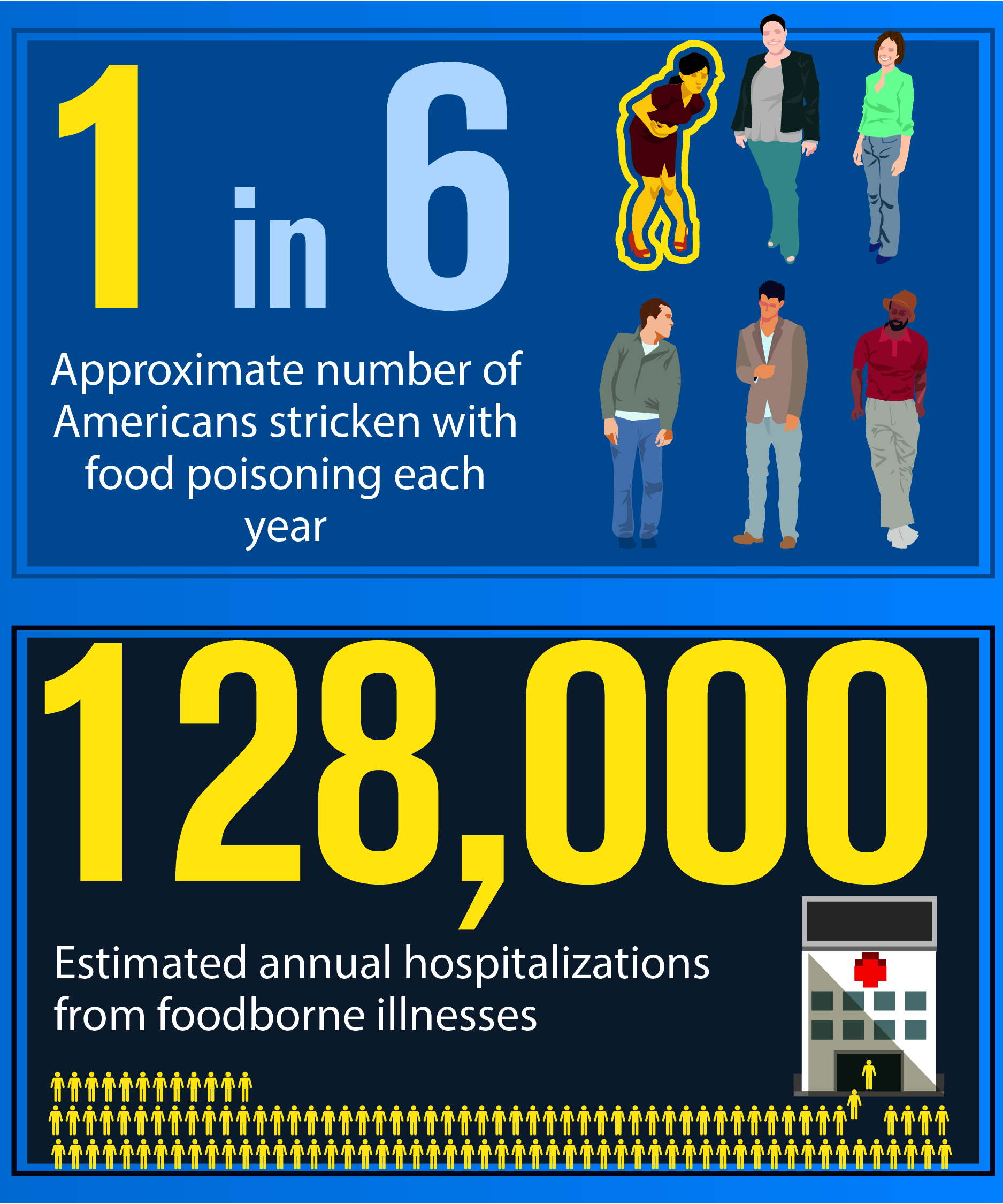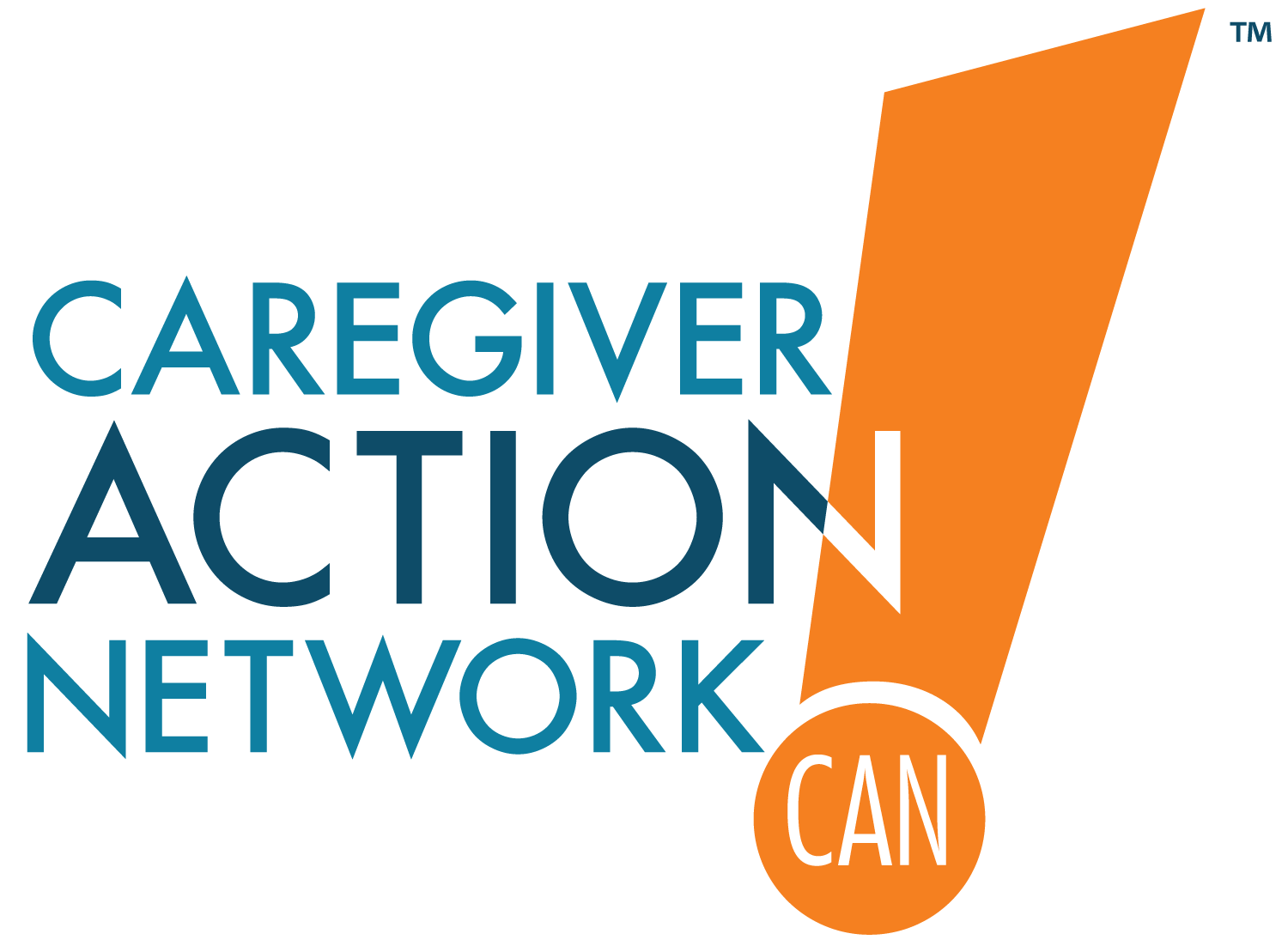Foodborne illness comes from eating food that is contaminated by harmful bacteria or other pathogens. Foodborne illness often presents itself with flu-like symptoms. These symptoms include:
- Fever
- Nausea
- Vomiting
- Dehydration
- Upset Stomach
- Cramps
- Diarrhea
If you suspect that you could have a foodborne illness, there are four key steps that you should take.
1. Consult your physician or healthcare provider, or seek medical treatment as appropriate.
- Contact your physician immediately if you develop symptoms or think you may be at risk.
- If you develop signs of infection as discussed with your physician, seek out medical advice and/or treatment immediately.
2. Preserve the food.
- If a portion of the suspect food is available, wrap it securely, label it to say “DANGER,” and freeze it.
- The remaining food may be used in diagnosing your illness and in preventing others from becoming ill.
3. Save all the packaging materials, such as cans, labels, and cartons.
- Write down the food type, the date and time consumed, and when the onset of symptoms occurred. Write down as many foods and beverages you can recall consuming in the past week (or longer), because the onset times for various foodborne illnesses differ.
- Save any identical unopened products.
- If the suspect food is a USDA-inspected meat, poultry, or egg product, call the USDA Meat and Poultry Hotline, 1-888-MPHotline (1-888-674-6854). For all other foods, call the FDA Office of Emergency Operations at 1-866-300-4374 or (301) 796-8240.
4. Call your local health department if you believe you became ill from food you ate in a restaurant or other food establishment.
- The health department staff will be able to assist you in determining whether any further investigation is warranted.
- To locate your local health department, visit www.foodsafety.gov.

